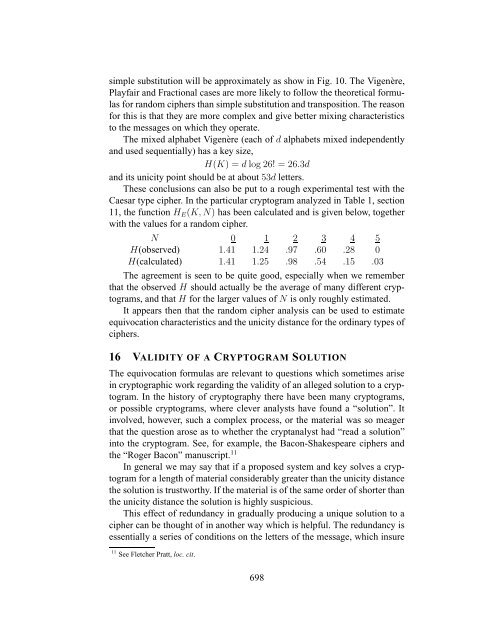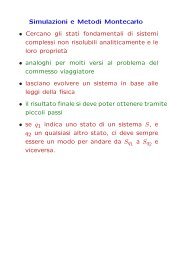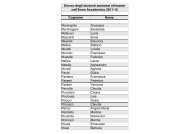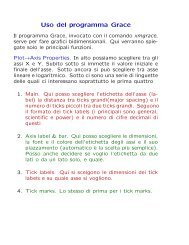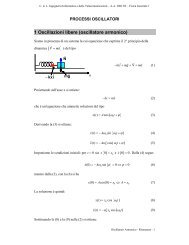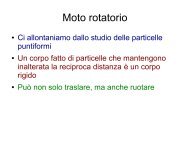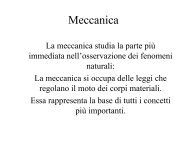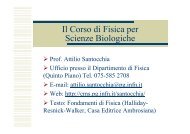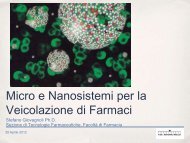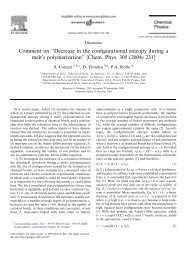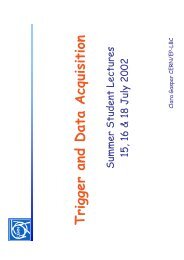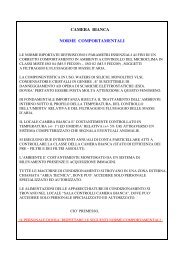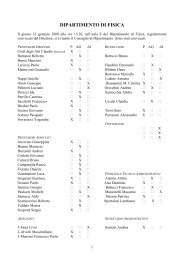Communication Theory of Secrecy Systems - Network Research Lab
Communication Theory of Secrecy Systems - Network Research Lab
Communication Theory of Secrecy Systems - Network Research Lab
You also want an ePaper? Increase the reach of your titles
YUMPU automatically turns print PDFs into web optimized ePapers that Google loves.
simple substitution will be approximately as show in Fig. 10. The Vigenère,<br />
Playfair and Fractional cases are more likely to follow the theoretical formulas<br />
for random ciphers than simple substitution and transposition. The reason<br />
for this is that they are more complex and give better mixing characteristics<br />
to the messages on which they operate.<br />
The mixed alphabet Vigenère (each <strong>of</strong> d alphabets mixed independently<br />
and used sequentially) has a key size,<br />
H(K) = d log 26! = 26.3d<br />
and its unicity point should be at about 53d letters.<br />
These conclusions can also be put to a rough experimental test with the<br />
Caesar type cipher. In the particular cryptogram analyzed in Table 1, section<br />
11, the function HE(K, N) has been calculated and is given below, together<br />
with the values for a random cipher.<br />
N 0 1 2 3 4 5<br />
H(observed) 1.41 1.24 .97 .60 .28 0<br />
H(calculated) 1.41 1.25 .98 .54 .15 .03<br />
The agreement is seen to be quite good, especially when we remember<br />
that the observed H should actually be the average <strong>of</strong> many different cryptograms,<br />
and that H for the larger values <strong>of</strong> N is only roughly estimated.<br />
It appears then that the random cipher analysis can be used to estimate<br />
equivocation characteristics and the unicity distance for the ordinary types <strong>of</strong><br />
ciphers.<br />
16 VALIDITY OF A CRYPTOGRAM SOLUTION<br />
The equivocation formulas are relevant to questions which sometimes arise<br />
in cryptographic work regarding the validity <strong>of</strong> an alleged solution to a cryptogram.<br />
In the history <strong>of</strong> cryptography there have been many cryptograms,<br />
or possible cryptograms, where clever analysts have found a “solution”. It<br />
involved, however, such a complex process, or the material was so meager<br />
that the question arose as to whether the cryptanalyst had “read a solution”<br />
into the cryptogram. See, for example, the Bacon-Shakespeare ciphers and<br />
the “Roger Bacon” manuscript. 11<br />
In general we may say that if a proposed system and key solves a cryptogram<br />
for a length <strong>of</strong> material considerably greater than the unicity distance<br />
the solution is trustworthy. If the material is <strong>of</strong> the same order <strong>of</strong> shorter than<br />
the unicity distance the solution is highly suspicious.<br />
This effect <strong>of</strong> redundancy in gradually producing a unique solution to a<br />
cipher can be thought <strong>of</strong> in another way which is helpful. The redundancy is<br />
essentially a series <strong>of</strong> conditions on the letters <strong>of</strong> the message, which insure<br />
11 See Fletcher Pratt, loc. cit.<br />
698


